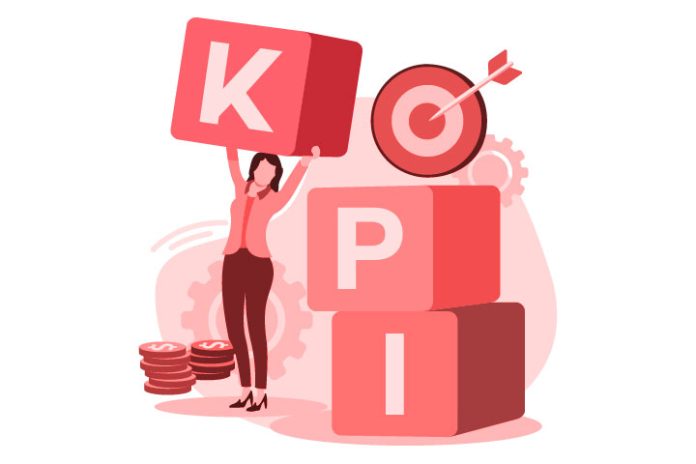In order to be able to improve and control processes in recruiting, they must be measurable. Key performance indicators, or KPIs for short, are such metrics. The performance, the use of resources and the success rate of a measure can be evaluated in this way. They are used in the course of a data-based analysis of the recruiting processes and support controlling.
We introduce you to elementary KPIs in recruiting:
Time to Hire
The time to hire measures the time it takes to fill a position. The hiring period forms the basis of the measurement – the definition of the hiring period varies in the literature, however. The advertisement for the vacant position could be the starting point. It is also possible to measure the time to hire as soon as the need is identified. This depends on which process steps are to be considered for optimization needs.
The time to hire is measured by subtracting the start time and the days that were necessary until a suitable talent was found for the position. Ergo: The position is filled.
Cost per hire
Time is not the only important resource in hiring processes. The costs are also to be considered based on data. Cost per hire measures the costs incurred in the hiring process. The KPI enables a cost-optimized view of recruitment processes and supports budgeting for future appointments. Travel expenses for job interviews, ads on social media and Google and placing paid job advertisements are costs that can be incurred during the hiring process.
In order to calculate the cost per hire, all internal and external costs incurred for filling a position are first added up. These are then divided in relation to the number of positions to be filled.
Also Read: Five Tips For Successful Communication
Quality of Hire
One of the goals of recruiting is to find the best fit for a position. The KPI Quality of Hire measures the suitability of the new employee for the occupied position. Quality is important for a number of reasons: A perfect fit meets all the requirements of the position and identifies with the values of the company. If we measure the quality of hire, a high value indicates that newly hired employees tend to stay longer with the company. The fluctuation rate can thus be reduced.
There is no exact calculation of the quality of hire. Human resources departments evaluate the quality of the appointment based on established criteria. The criteria are then evaluated using a defined numerical scale. The average of all criteria shows the actual quality. However, metrics can differ and become even more specific as individual criteria are prioritized.
Offer Acceptance Rate
How long does it take for the desired applicant to accept the position? This is exactly what the Offer Acceptance Rate measures. It represents the ratio of the number of accepted job offers and the number of actual job offers, both in absolute figures. It is then multiplied by a factor of 100.
From what percentage the offer acceptance rate is classified as good depends on the individual requirement. In general, however, the following applies: the closer the percentage tends to 100, the more efficiently recruiting was carried out. The offer acceptance rate provides information about the effectiveness of the candidate analysis, the competitiveness, the employer attractiveness and how pointed the job advertisement really was. The aim is to tailor application processes to the desired target group.
Number of applicants
How many talents have applied for a position is another relevant KPI. The measurement is in absolute numbers, which is why there is no calculation formula. The key figure is also an important benchmark for employer branding. However, it says nothing about the quality of applicants. For example, a large number of applicants for a position does not mean that they also match the job description.
However, it is advisable for HR departments to track the number of applicants if recruitment campaigns are running on several channels. In this way, it is immediately visible how many applicants became aware of the position via the respective channels. This enables advanced controls.
Also Read: Seven Essential HR Functions


